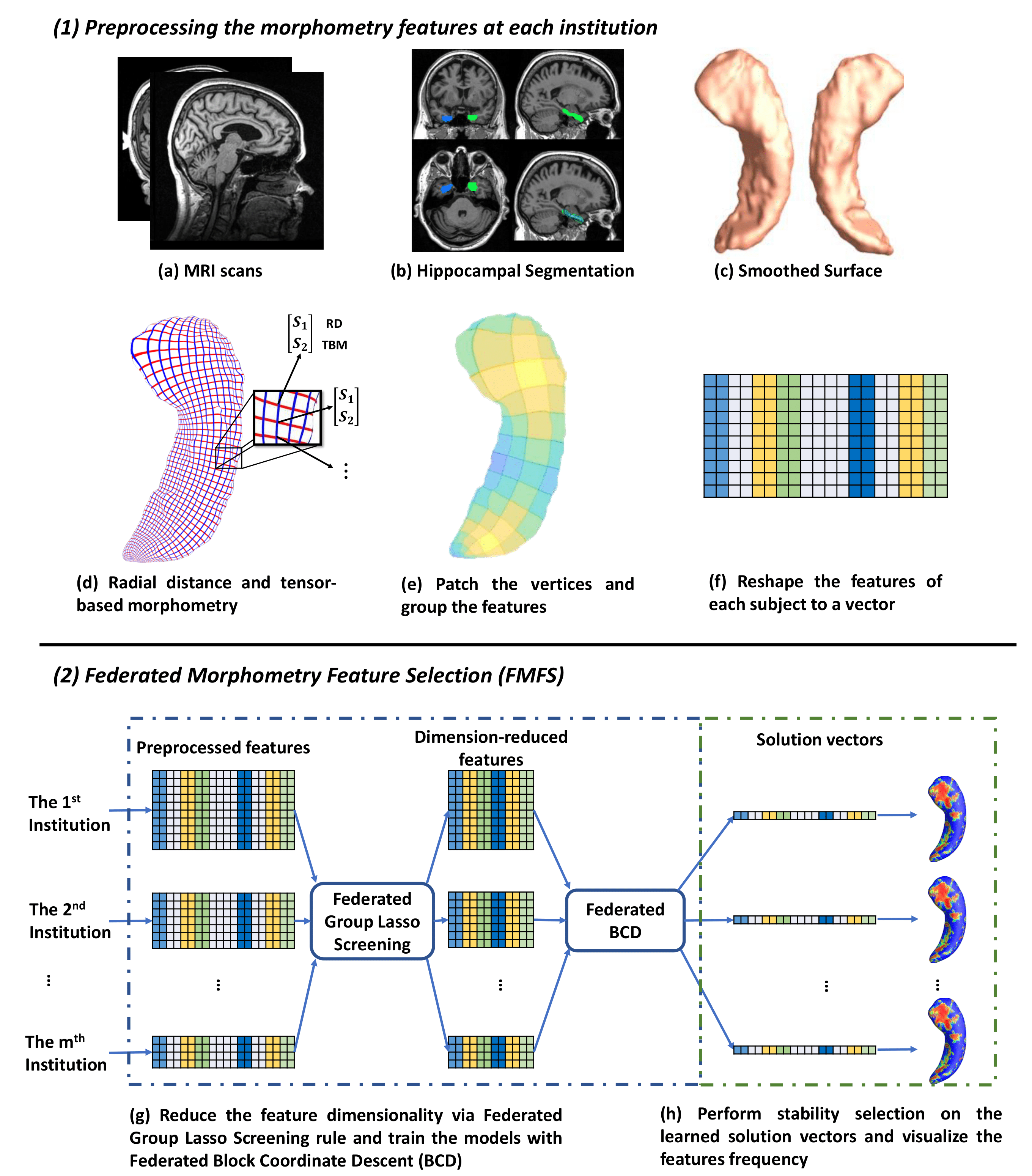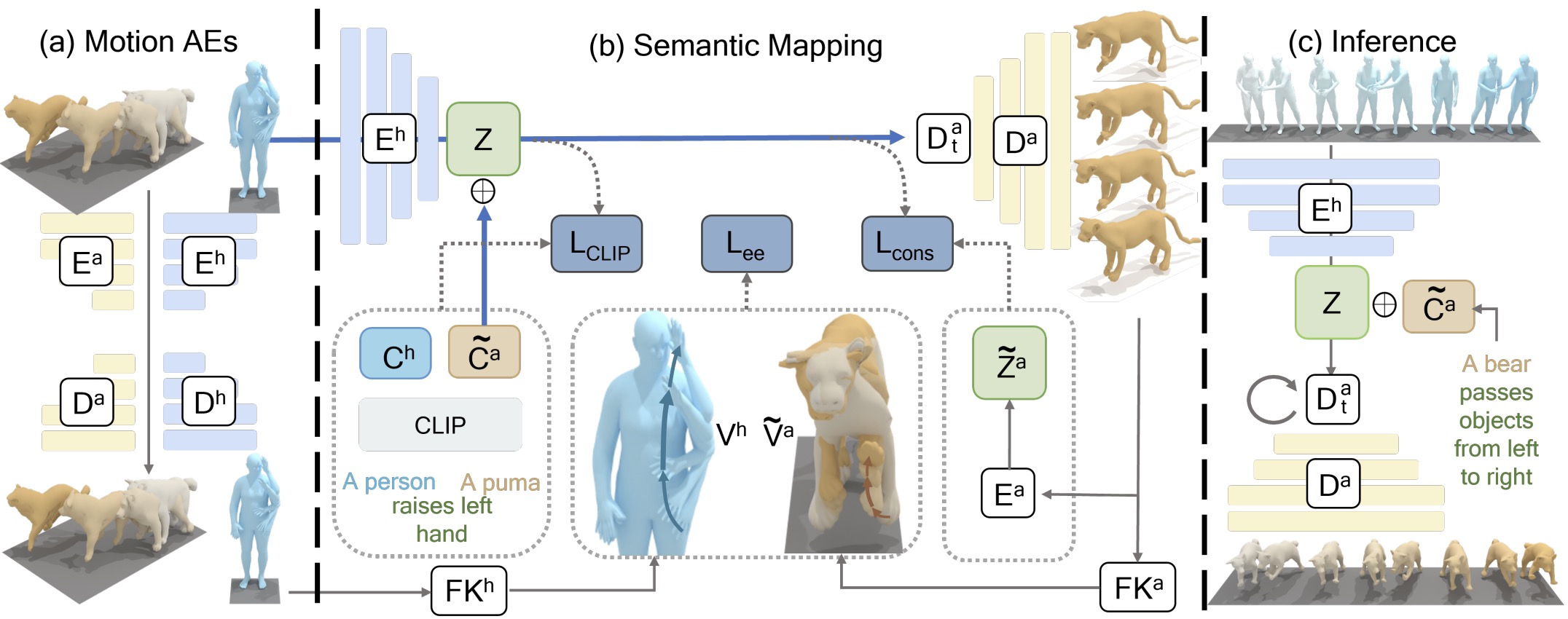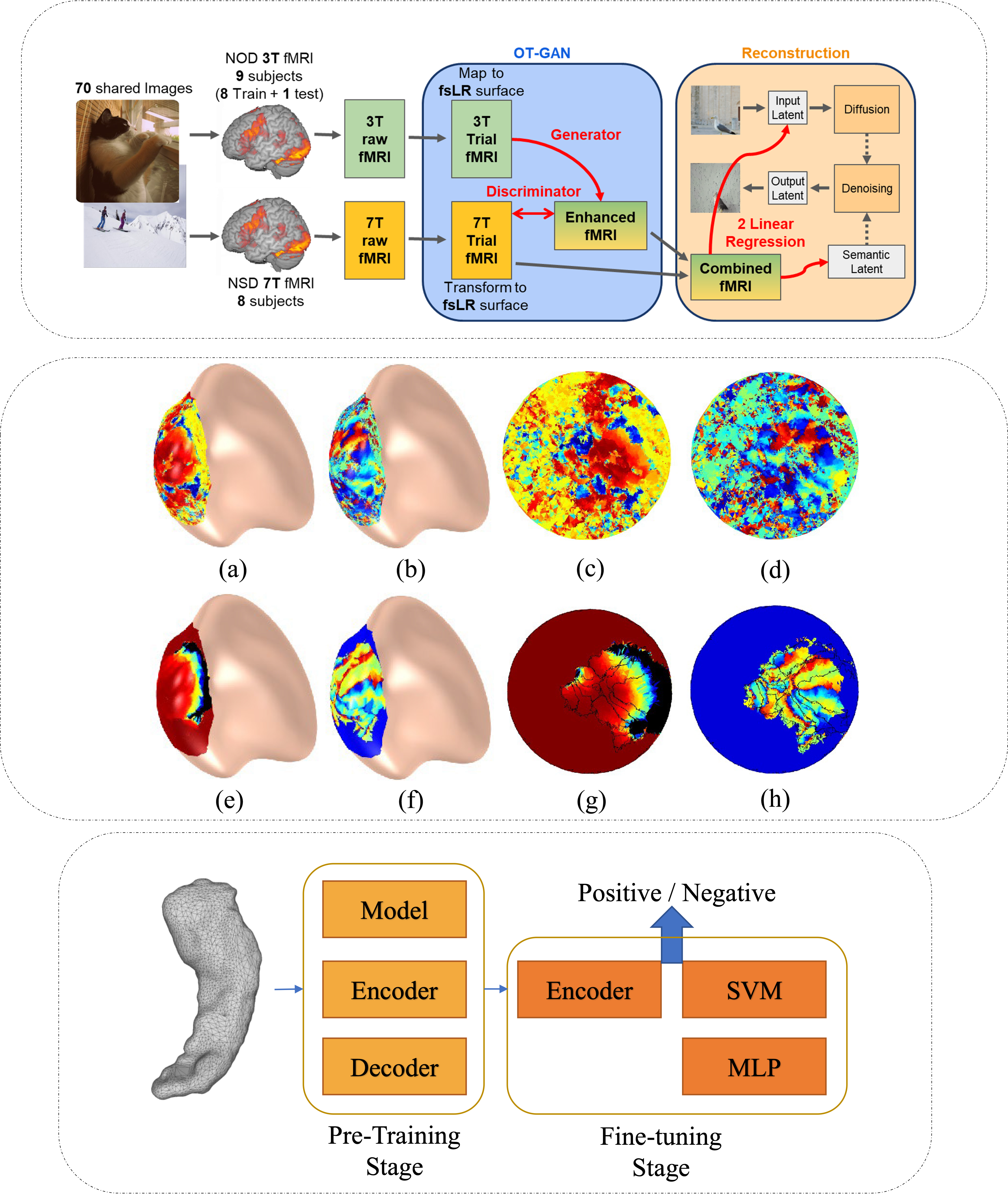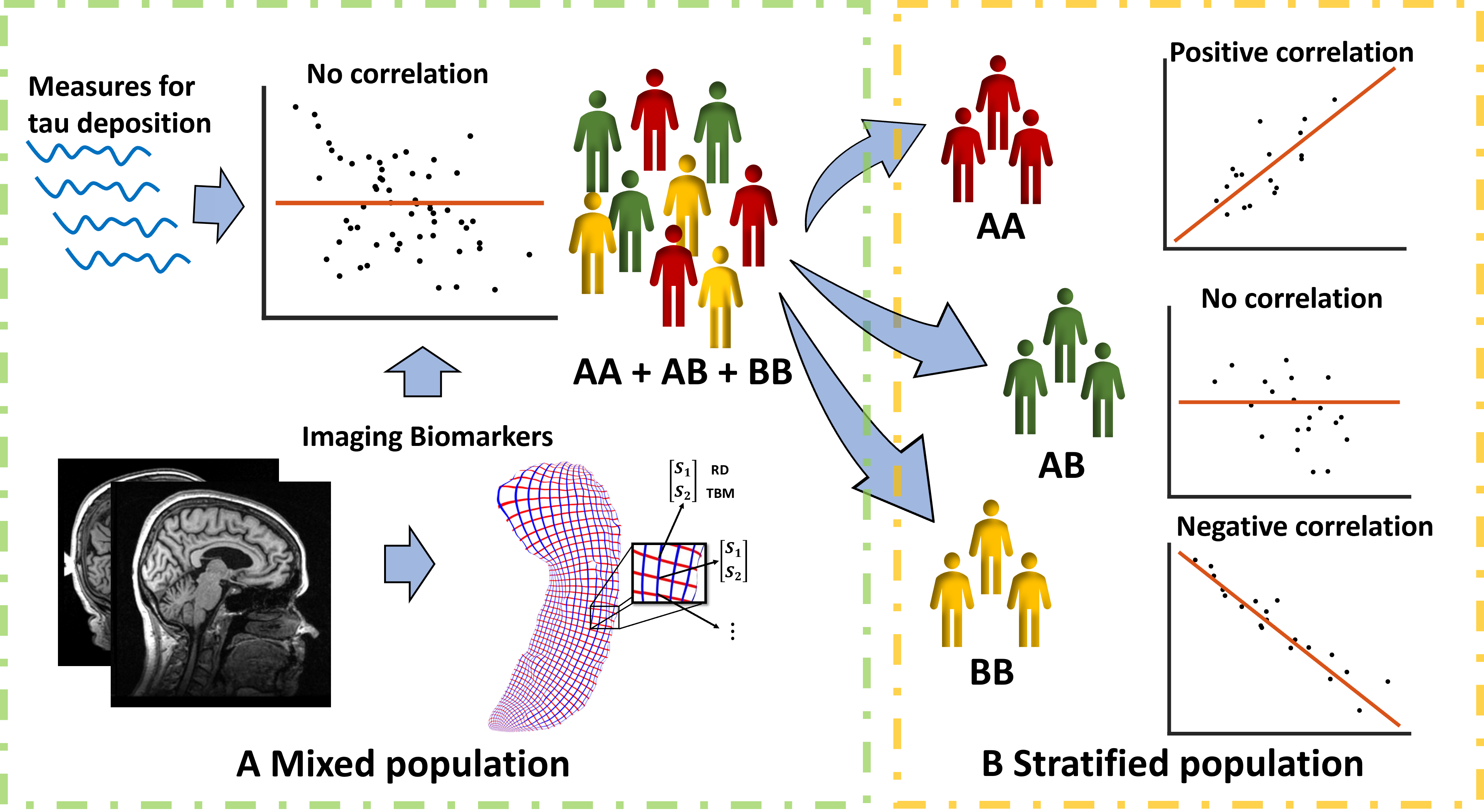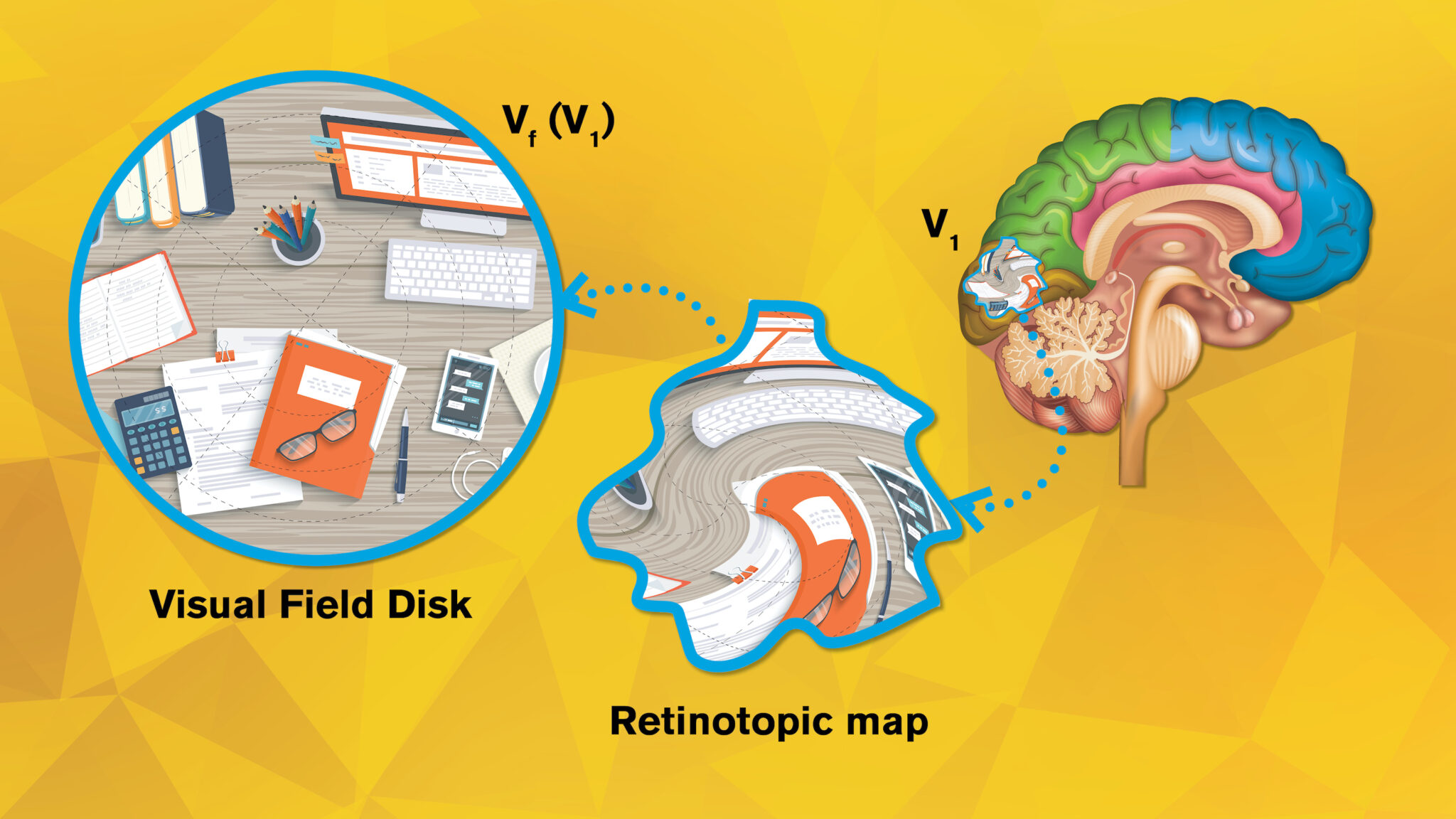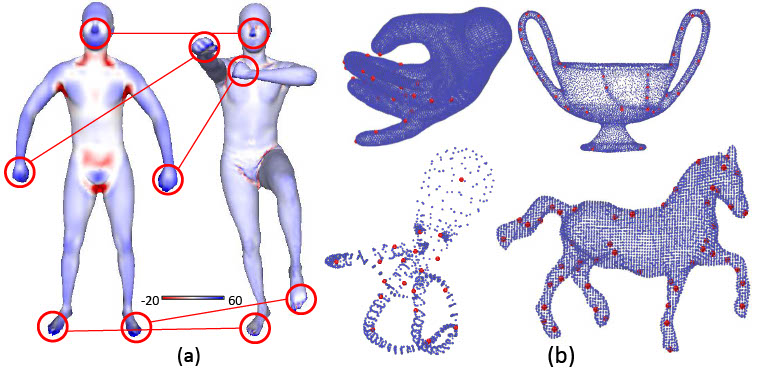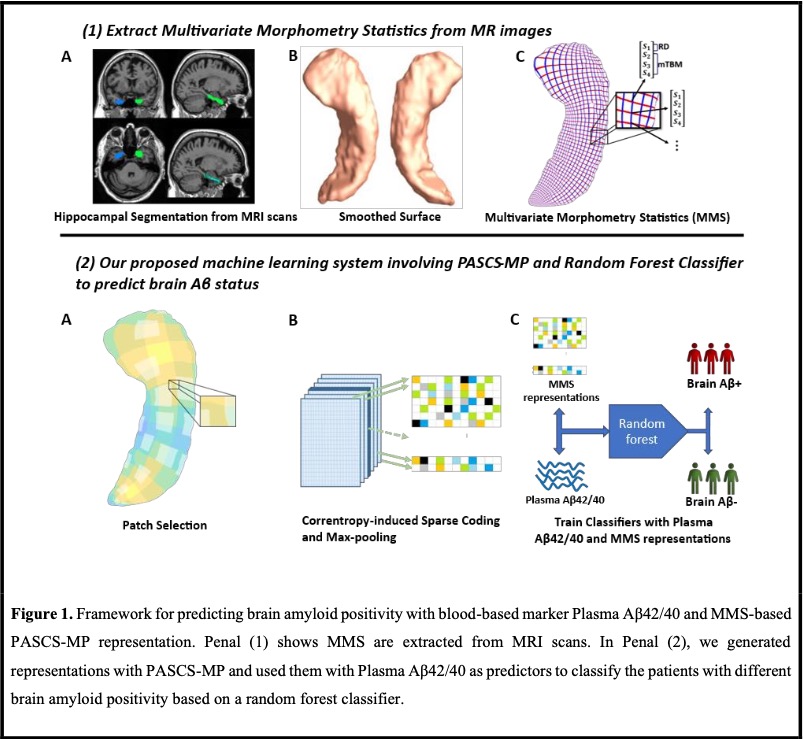
Amyloid-β (Aβ) plaques play a pivotal role in Alzheimer’s disease. The current positron emission tomography (PET) is expensive and limited in availability. In contrast, blood-based biomarkers (BBBMs) […] Read more
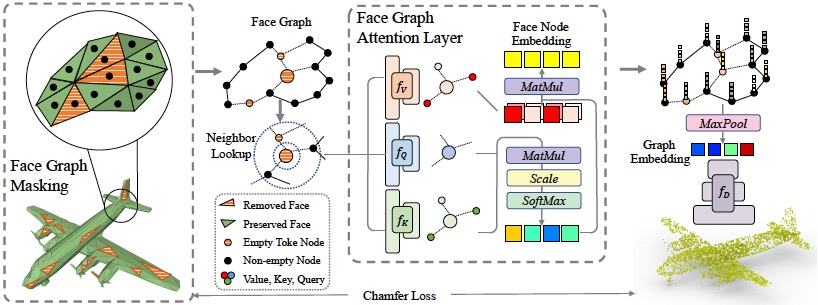
The challenges of applying self-supervised learning to3D mesh data include difficulties in explicitly modeling andleveraging geometric topology information and […] Read more
Zhangsihao Yang’s 37th Conference on Neural Information Processing Systems (NeurIPS) paper is Accepted, Congratulation!
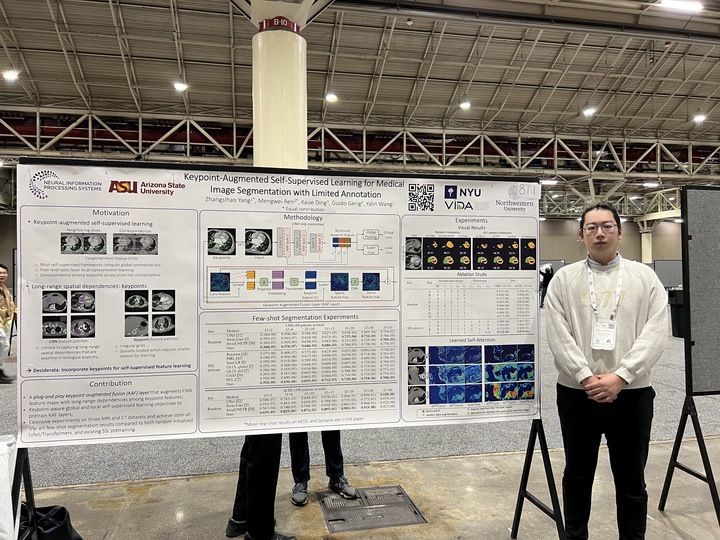
Pretraining CNN models (i.e., UNet) through self-supervision has become a pow2erful approach to facilitate medical image segmentation under low annotation3 regimes. […] Read more
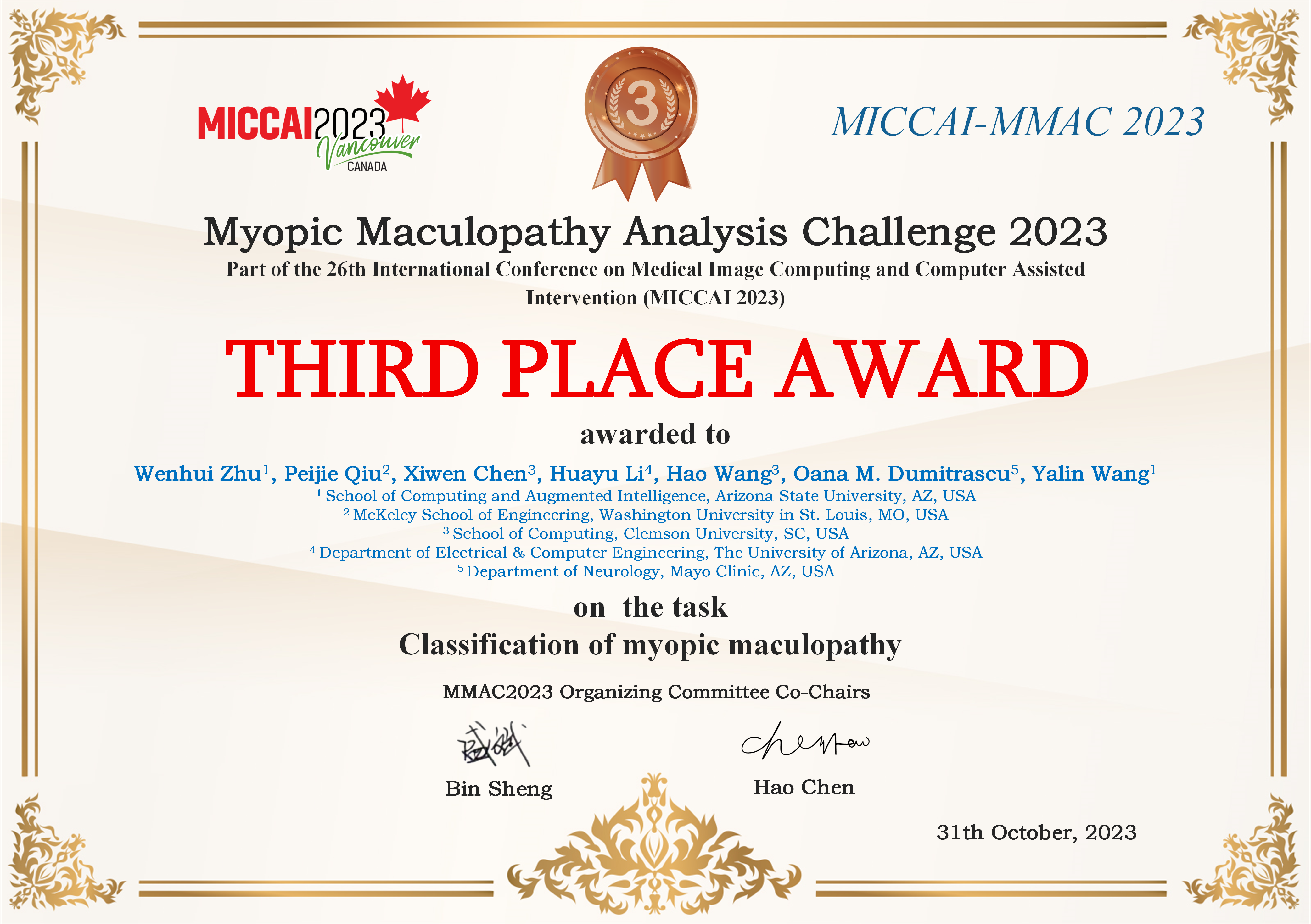
Yanxi Chen will deliver an oral presentation, “Integrating Structural MRI with Blood-Based Biomarkers for Improved Brain Pathology Detection”, at Arizona Alzheimer’s Consortium Annual Scientific Meeting. Congratulations!

Alzheimer’s disease (AD) is the most prevalent form of age-related dementia, impacting 6.2 […] Read more
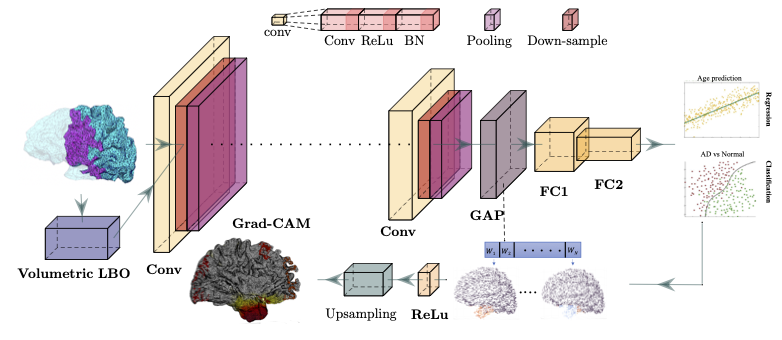
Convolutional neural networks (CNN) have been broadly studied on images, videos, graphs, and triangular meshes […] Read more
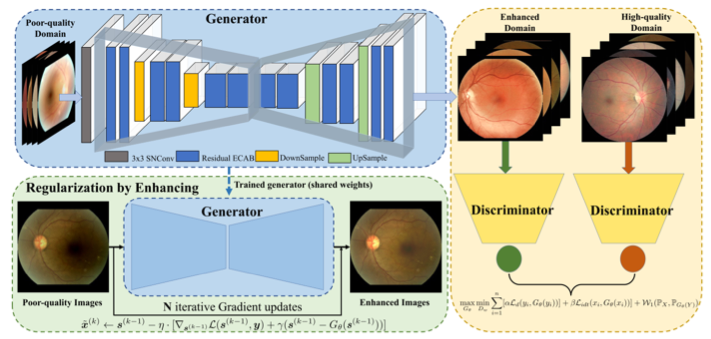
Real-world non-mydriatic retinal fundus photography is prone to artifacts, imperfections and low-quality when cer- tain ocular or systemic co-morbidities exist. […] Read more
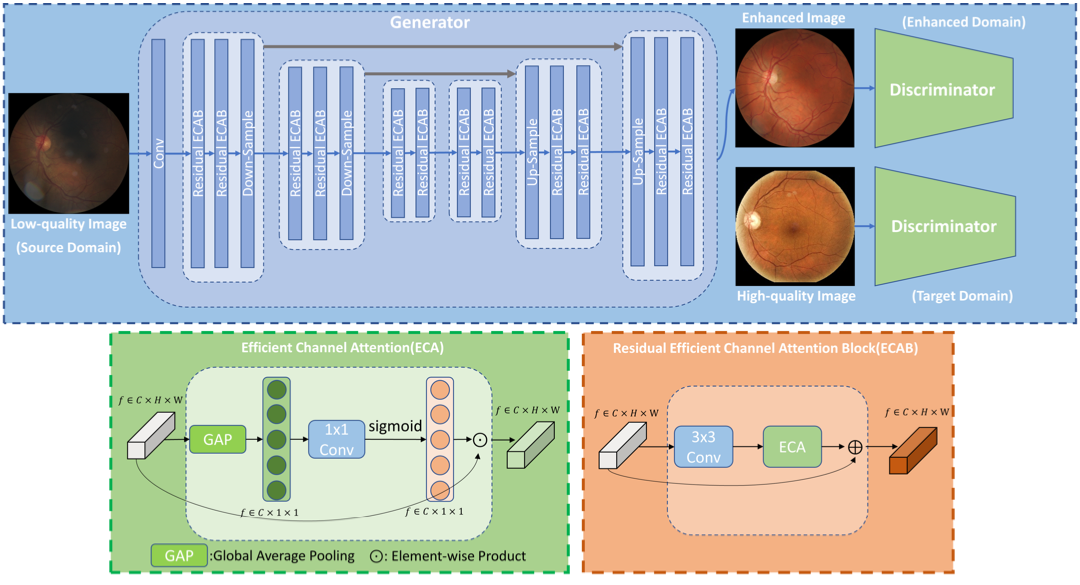
Non-mydriatic retinal color fundus photography (CFP) is widely available due to the advantage of not requiring pupillary dilation, however, is prone to poor quality due to operators, systemic imperfec- tions, or patient-related causes. […] Read more
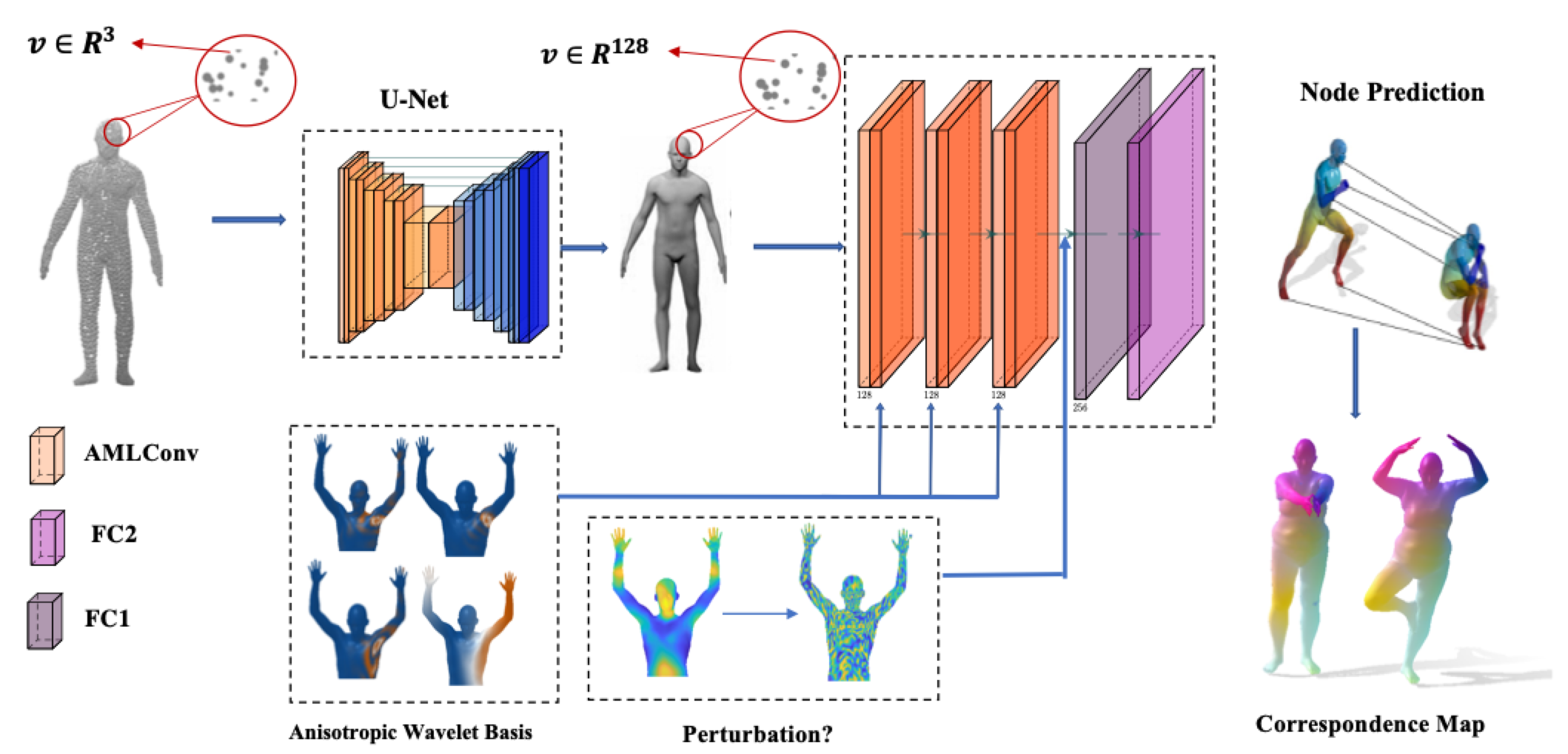
This paper studies 3D dense shape correspondence, a key shape analysis application in computer vision and graphics. […] Read more
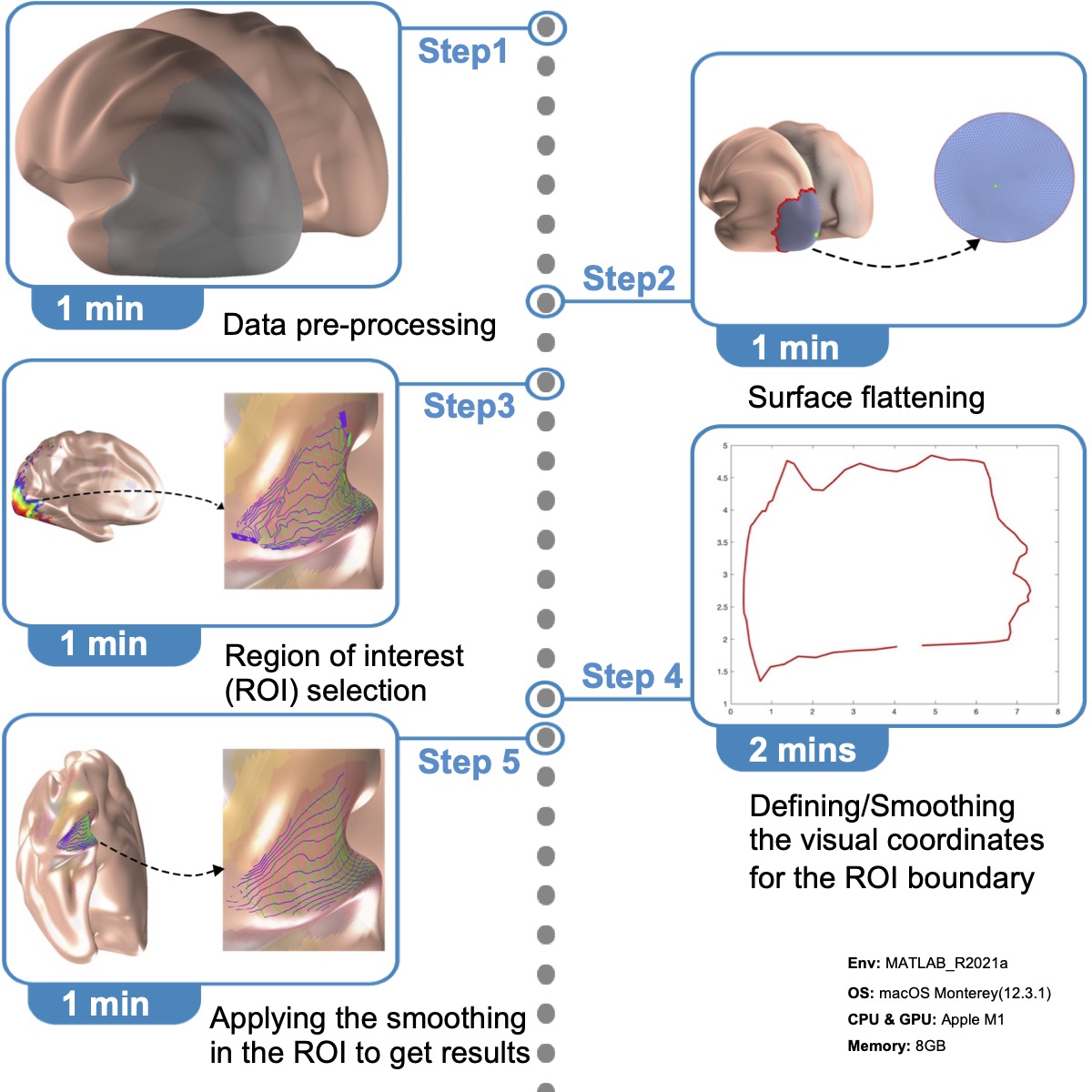
The hierarchical organization of the visual system results in topology, which often gets lost in the “raw” human retinotopic maps derived from BOLD fMRI recordings. […] Read more
